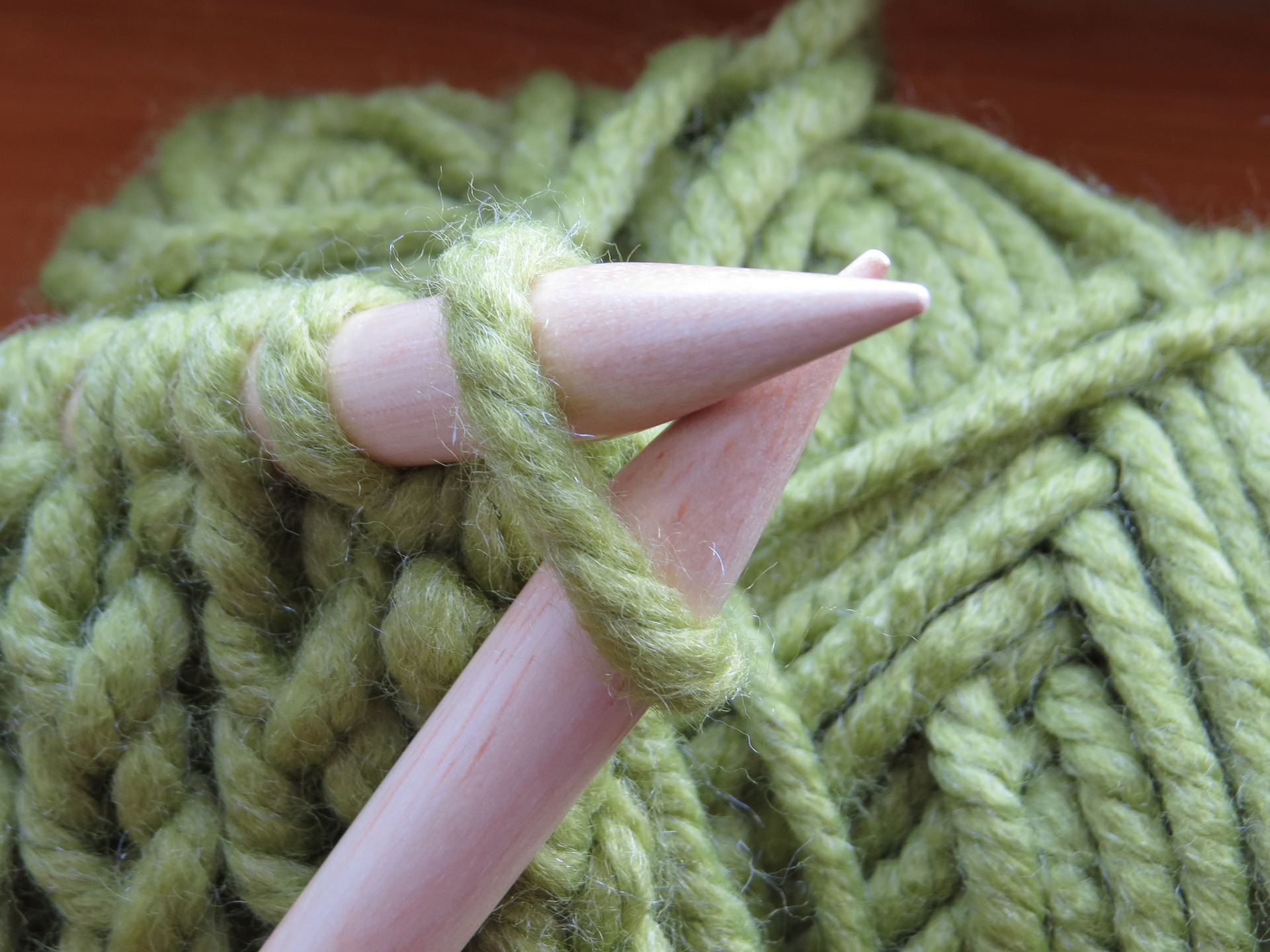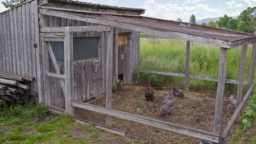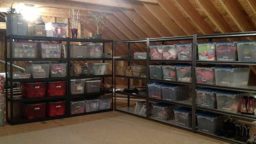When it comes to a thriving, healthy garden, one of the quintessential components is a good fertilizer, and homemade compost is one the best things you can make. Using kitchen scraps, garden cuttings and locally sourced organic waste like grass clippings, manure, coffee grounds, egg shells, etc., you can-and should-make your own compost pile for a consistent supply of amazing plant superfood.
There are many different options for how to build a compost pile and what to build it with, so if you’re not already composting, you’ll want to start there.
But if you do already have a successful compost pile, compost tea is a fantastic way to use it to give your plants optimum nutrition, minerals, and beneficial microbes.
Compost tea is exactly what it sounds like-except it’s for plants to drink up, not humans! There are many different methods of brewing it, but it is essentially soaking some finished compost in water for a period of time, and then using the mixture to water your plants.
Advanced Gardening Course To Accelerate Your Food Production…
Obviously, you can just dig your compost into the soil, so why go to the extra effort of brewing a tea? Well, the way plants drink in nutrients is through water, the nutrients bond to water molecules and are absorbed into the roots of the plants, so it just makes it more readily available to them. Also, for certain issues like fungus or blight on the leaves of the plant, there might be benefit in certain cases to being able to spray the compost mixture right onto the plant directly (although you’ll only want to do this if you know it is specifically recommended, compost tea can burn the foliage of some plants).
To make compost tea, there are a lot of different options. Some people prefer to aerate it, with a water tank like the kind used in fish tanks, and others choose to simply let the tea mixture sit and stir once a day. But the basic principle is the same: you take a bucket or large drum, depending on your needs, and place some ready compost in it. You can make a sort-of tea bag, with something like a pillowcase, or just put it in there loose. After about a week or whenever you’d like to use it, you can either strain out the loose compost or simply pour over your plants.
Compost tea is an excellent way to get amazing nutrients and minerals to your plants, and way cheaper than Miracle Gro! Believe me, your plants will thank you-try some today!
[More] Organic Gardening Secrets – Grows Up To 10 Times The Plants. Learn More Here
Enjoy a quick video from Steve about Compost Teas and their amazing benefits for your garden…








